A new trade war is unrolling across Africa: a battle between Chinese textile-makers and a colonial-era company from the Netherlands, original maker of the eye-catching “Dutch Wax” fabrics often known as “Africa Wax.”
Little known at home or anywhere else in Europe, the house of Vlisco is one of Africa’s most-known brands, suppliers since 1846 of the bright cloths stamped with extravagant designs that are a hallmark of the continent.
But China’s deepening foray into Africa has upset the makers of “Guaranteed Dutch Wax,” who say workaholic Chinese are copying their designs as soon as they hit ports to dump cheaper low-quality lookalikes on African marketplaces.
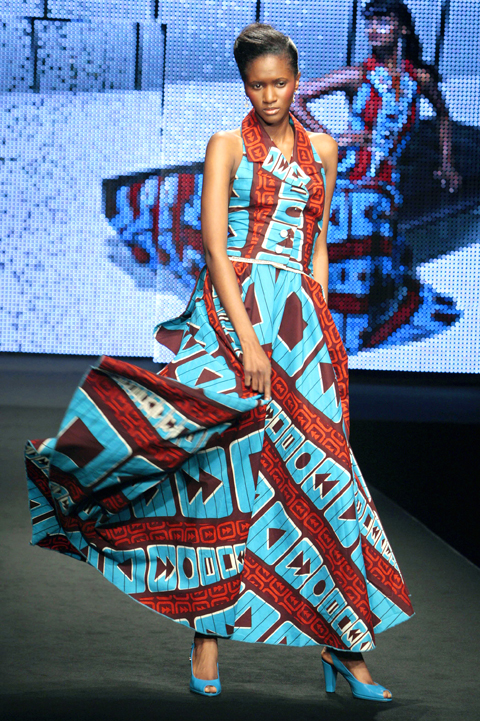
PHOTO: AFP
“For the price of a yard [meter] of Vlisco, you can buy eight to 10 copies,” said Ed Hessing, the company’s sales manager. “The competition from China is a threat.”
“We must defend ourselves against dirt-cheap Chinese copies. We aim to become the top high-end fashion brand of Africa,” Hessing said.
Striving to become a luxury brand in impoverished Africa in times of economic turbulence might sound outlandish but is exactly what the old established Dutch firm is up to.
For the first time in 160 years, the company this week threw its collection of fabrics onto a Paris catwalk for a crowd of several hundred people in the hopes of grabbing the spotlight in the world’s fashion capital.
“We want to create a buzz around our fabrics,” said Hessing, who says the original Dutch cloth is far hardier than the imitation roller-printed version.
The real thing lasts 15 years and is color-fast, he said.
Inspired by Indonesia’s batik method of dying cloth, a Dutch merchant family called the Van Vissingens industrialized the method in Europe in the 19th century. By the late 1800s they were supplying the bulk of the Indonesian market as well as selling in West African ports where Dutch freighters set anchor.
Popular from the start in fabric-loving Africa, the Dutch-made cloth continues to come bearing a stamp saying “Vlisco Guaranteed Dutch Wax,” an imprint that often features proudly in finished garments — just as Westerners like to flaunt logos such as D&G or Nike.
“Through the ages African women have really appreciated Dutch designs, even over the African designs on the market,” said Annette Schmidt, curator of an exhibition on African wax at the Dutch National Ethnology Museum.
Vlisco, which describes itself as the biggest textile company in the Netherlands, has a dozen-odd designers among its staff of 500 — but not a single artist is African.
“We don’t try to make our designs African,” the firm’s creative director Henk Bremer said. “But there seems to be a click with Dutch design, I think it is because West Africans like innovation and novelty.”
At the Paris show, the company paraded its own designs cut in its latest collection of fabrics as well as outfits by three young African stylists, winners each of a 5,000 euro Vlisco fashion prize.
“Africa is evolving, Africa is modernizing,” Bremer said. “They use our designs as their inspiration.”
Patterns might incorporate mobile phones, computers, modern kitchens and roller skates.
“I saw the roller skate design on women in villages in Mali who I’m sure had never seen a real one, but I guess they saw the humor,” Schmidt said.
“All popular designs are named and have a specific meaning” said Bremer, adding that most often the fabrics were given names by local saleswomen.
Thus a design featuring human eyes is “the eyes of my rival” and one of a recurring bedroom suite known as “come to my bedroom on your sandals.” With these decades of knowhow behind it, and a 100 million euro (US$131.9 million) turnover last year, Vlisco is fighting back to entrench its foothold in Africa.
To maintain its edge, staff are turning out new collections of fabrics every three months now, giving competitors less time to copy.
And the company is moving away from street-market booths selling bolts of fabric to instead offer ready-to-wear lines in “flagship” boutiques opened last year in Benin and Togo and this month in Ivory Coast.
New stores are planned for Ghana and the Democratic Republic of Congo later this year, with one in Paris next year, Hessing said.
“We want to reach the African diaspora in Europe now,” he said.
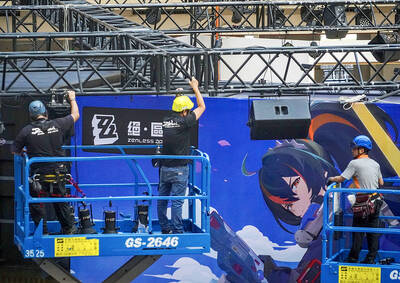
Taiwan is projected to lose a working-age population of about 6.67 million people in two waves of retirement in the coming years, as the nation confronts accelerating demographic decline and a shortage of younger workers to take their place, the Ministry of the Interior said. Taiwan experienced its largest baby boom between 1958 and 1966, when the population grew by 3.78 million, followed by a second surge of 2.89 million between 1976 and 1982, ministry data showed. In 2023, the first of those baby boom generations — those born in the late 1950s and early 1960s — began to enter retirement, triggering
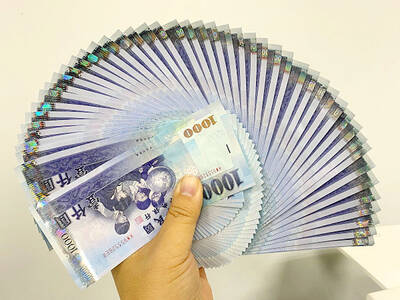
ECONOMIC BOOST: Should the more than 23 million people eligible for the NT$10,000 handouts spend them the same way as in 2023, GDP could rise 0.5 percent, an official said Universal cash handouts of NT$10,000 (US$330) are to be disbursed late next month at the earliest — including to permanent residents and foreign residents married to Taiwanese — pending legislative approval, the Ministry of Finance said yesterday. The Executive Yuan yesterday approved the Special Act for Strengthening Economic, Social and National Security Resilience in Response to International Circumstances (因應國際情勢強化經濟社會及民生國安韌性特別條例). The NT$550 billion special budget includes NT$236 billion for the cash handouts, plus an additional NT$20 billion set aside as reserve funds, expected to be used to support industries. Handouts might begin one month after the bill is promulgated and would be completed within
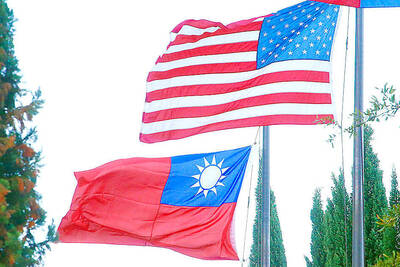
NO CHANGE: The TRA makes clear that the US does not consider the status of Taiwan to have been determined by WWII-era documents, a former AIT deputy director said The American Institute in Taiwan’s (AIT) comments that World War-II era documents do not determine Taiwan’s political status accurately conveyed the US’ stance, the US Department of State said. An AIT spokesperson on Saturday said that a Chinese official mischaracterized World War II-era documents as stating that Taiwan was ceded to the China. The remarks from the US’ de facto embassy in Taiwan drew criticism from the Ma Ying-jeou Foundation, whose director said the comments put Taiwan in danger. The Chinese-language United Daily News yesterday reported that a US State Department spokesperson confirmed the AIT’s position. They added that the US would continue to
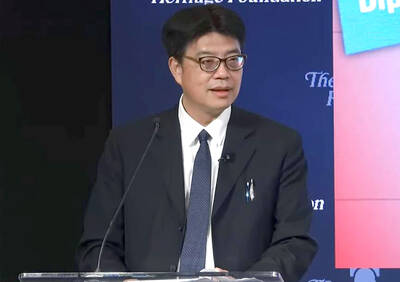
IMPORTANT BACKER: China seeks to expel US influence from the Indo-Pacific region and supplant Washington as the global leader, MAC Minister Chiu Chui-cheng said China is preparing for war to seize Taiwan, Mainland Affairs Council (MAC) Minister Chiu Chui-cheng (邱垂正) said in Washington on Friday, warning that Taiwan’s fall would trigger a regional “domino effect” endangering US security. In a speech titled “Maintaining the Peaceful and Stable Status Quo Across the Taiwan Strait is in Line with the Shared Interests of Taiwan and the United States,” Chiu said Taiwan’s strategic importance is “closely tied” to US interests. Geopolitically, Taiwan sits in a “core position” in the first island chain — an arc stretching from Japan, through Taiwan and the Philippines, to Borneo, which is shared by